Return grilles as supply registers
I’m a longtime GBA reader and havent seen this question addressed before.
In my quest to increase air flow from older ductwork and a retrofitted variable-speed heat pump and two-stage air handler (which almost exclusively runs at low stage) to distant bedrooms, I am planning to test out return grilles in place of the normal louvered supply registers and wondering if others have done the same. I’ve already sealed the ducts where they are accessible in both the basement and in the bedrooms, turned down the dampers in the living room where the t-stat is located, and insulated and air sealed both basement and attic to a significant extent. The bedrooms still stay a little too cold in winter and a little too hot in summer for my liking and quest for perfection, and before I add Envi wall heaters or even minisplits to them I’d like to exhaust all simple and cheap options.
My understanding is that supply register louvers add a bit of turbulence and therefore help with the conditioned air mixing with its surroundings. They also allow for directionality of airflow. Conversely, the addition of more surface (blocking) area and more turbulence to a single smallish (4 x 10″) register in a medium sized distant bedroom is realistically increasing the static pressure and subjectively feels like its blocking a lot of airflow that I feel when I remove the register. 4 x 10″ return grilles arent carried at the big box stores but easy to find online, and have less surface/blocking area and turbulence-inducing physical features for sure.
I have seen reference to the fact that without proper mixing and turbulence, heated air would just rise to the ceiling unimpeded and you’d end up with a heavily stratified room temperature. It seems to me though that the warm (not hot) air from a heat pump would be less likely to beeline so rapidly, and with longer run times from a heat pump there would be more mixing opportunity regardless.
I’ve also seen the purported value of user-setting directionality in air flow, which I dont totally buy especially given the relatively low velocity of the forced air at low stage. We have 14 supply registers in our house and I’ve never benefitted from directing any of them to flow in any direction in particular.
Anyways, this will be a cheap and easy test for me as a return grille doesnt cost much. I might try to test the change in temp but wont be measuring delta in CFM (if any). I know I’m sort of grasping at straws here but even a minor change in air flow to a decently well insulated bedroom would seem to me to have a big impact on comfort.
As an aside, I have already implemented a similar test on an underperforming wall register at the base of a staircase and cathedral ceiling (and even mounted it upside down to match the direction of the flow from the duct), and quite honestly it seems to be making a significant difference in both air flow and temperature throughout the vertical span of the staircase, as silly as it may sound or look.
What am I missing, GBA experts?
Thanks,
Evan
GBA Detail Library
A collection of one thousand construction details organized by climate and house part



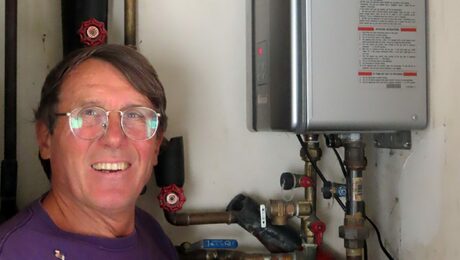
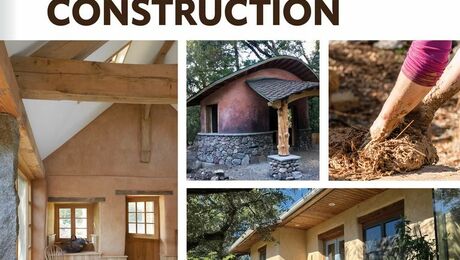
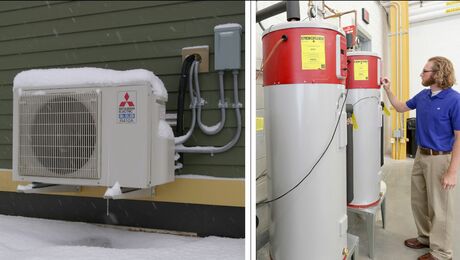
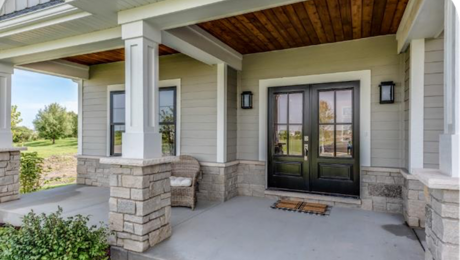
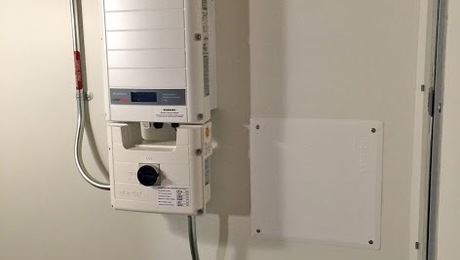

Replies
You can get different styles of supply registers. The basic metal style that I usually use myself is very open, with fixed louvers and only an adjustable damper (basically a valve for air). From just looking at it, my guess is that the supply registers I use have more open area than the return vent grilles do.
Turbulence is usually a good thing for mixing, but I don't think it's going to make a huge difference in a small room. Usually this type of things (mixing vs laminar flow louvers) is only an issue in larger spaces or with very high airflows such as you might have in large spaces in commercial buildings.
Bill
Right, those are adjustable dampers I have and cant actually direct airflow (except to block it). I still assume that additional hardware adds friction even if the surface area isnt tremendously or even at all increased, especially as the air flow from the duct wont necessarily be perfectly parallel to the direction of the register and therefore the depth of materials will add friction/resistance.
Maybe I can find dampered supply registers outside of the big box stores which have less surface area and more free air flow on average, although at the end of the day whether dampered or not makes no difference to me since there is no reason I'd need to damper them. I get that there is value to increasing velocity through constraining the surface area slightly (one reason among the more obvious ones to not just have an open hole in the floor) but admittedly I dont know how important that is for heating, maybe more so for cooling (i.e. trying to get the cold air from just bubbling out and pooling on the floor).
You don’t want to increase velocity by restricting flow. Restricting flow increases back pressure, which will increase blower noise and reduce system performance. Airflow VOLUME (CFM) is more important than airflow velocity here.
Note that those supply registers I use I bought at lowes. They aren’t anything special, they’re just basic white steel registers. I can post a link if you’re curious.
You mentioned that your furnace blower is very loud. It shouldn’t be. If you have excessive flow restriction, that could be part of the problem, otherwise I suspect it’s out of balance. If your blower isn’t balanced correction you’ll get a lot of vibration, which will create a lot of noise. Excessive vibration is also bad for the unit and will cause it to fail sooner, so I’d have that checked.
Bill
Hart and Cooley has a technical manual you can download if you want to dig in to air flow from different registers. It sounds like the duct runs to your bedrooms are too restrictive to get the amount of conditioned air they need.
Can you force the air handler to stay at the second stage all of the time? Have you tried reducing flow to the other rooms while in second stage?
You could also look at a duct booster fan. I’ve never used one, but have heard of others having success.
The problem with Stage 2 is its loud AF. I’m trying to get away from the whole house rattling if possible. I did try one of those register boosters once and it was useless so I returned it. I will take a look at the duct booster however(although admittedly it will be a challenging install in a few of the duct branch locations in the basement).
+1 for hart and Cooley. You can also try to improve the friction rate in the boot by creating a radius instead of a hard 90. I did this by cutting a piece of sheet metal, rolling it around a 3" pipen to give it a sweeping bend, and then taping it into the boot. You can see an example in the manual d documentation which shows the effective length of different boots
That’s a nice idea. Thanks. I was also thinking about building some angled wedges with foam board and taping them in to help turn accessible 90 deg bends into more moderate curves. It probably won’t work as well!
Just FYI, those “angled wedges” are known as “turning vanes” in the trades. They are common in commercial systems, but rare in residential systems, but they will help improve airflow a bit.
Bill
Also I know on variable speed blowers you can change where the wires are landed (taps) to change what the air flow or static pressure would be at different stages. Might be worth digging up the manual for the blower and seeing if there is some middle ground between you current 1st and 2nd stage air flow.
I got an anemometer and put it on a tripod and then started making adjustments to optimize 0.2 in water from a Mitsubishi ducted head with 2 14”x14” cross louvers adjustable supplies (think they’re H&C) and a web products low pressure drop filter. I need velocity to decrease stratification in 20x30 room with 9-13.5 ceiling. The adjustable louvers work great - to size the opening and direct the throw. A Black & Decker thermometer and the anemometer were helpful. I readjust for cooling season to minimize resistance as stratification works in my favor for cooling.